By Brooke C. Stoddard
Near the end of World War II, Hitler boasted he was about to unleash Vergeltungswaffen, or “vengeance weapons.” These would terrorize and overwhelm Britain and its allies, winning the war for Germany.
The Vergeltungswaffen were the V-1s and V-2s. Indeed, they rained down on Britain and Belgium, causing immense damage, but they were too little and too late for the Third Reich, which succumbed in April 1945.
At the beginning of World War II, under immense secrecy, the British developed another technology that arrived at almost the precise moment and in just barely the proper quantity and quality to save Britain. In saving Britain, it saved the democracies. It was defensive radar and—together with flesh and bone and splendid fighter aircraft—it won the Battle of Britain.
“Never before in our history,” wrote David E. Fisher, “has one invention borne such a distinct and significant role in the outcome of such a pivotal war…. Radar was a device invented not just once, but again and again in many countries at many different times, but in only one of these countries was it implemented at the precise time that would make all the difference.”
Deciphering Germany’s “Enigmas”
Although one might argue that the deciphering of the German “enigma” codes arrived just in time and allowed the Allies to win the war, it was a near thing. Indeed, Fighter Command leader Hugh Dowding was reading decoded “enigma” messages in 1940. These, however, were not nearly so vital to the RAF fighters during the Battle of Britain as the radar warnings. It was radar that tipped the balance. Without it, the British very likely would have lost air superiority in the late summer of 1940, and following that, their island. It is difficult to believe that Nazism would have been defeated if it had controlled Britain from October 1940.
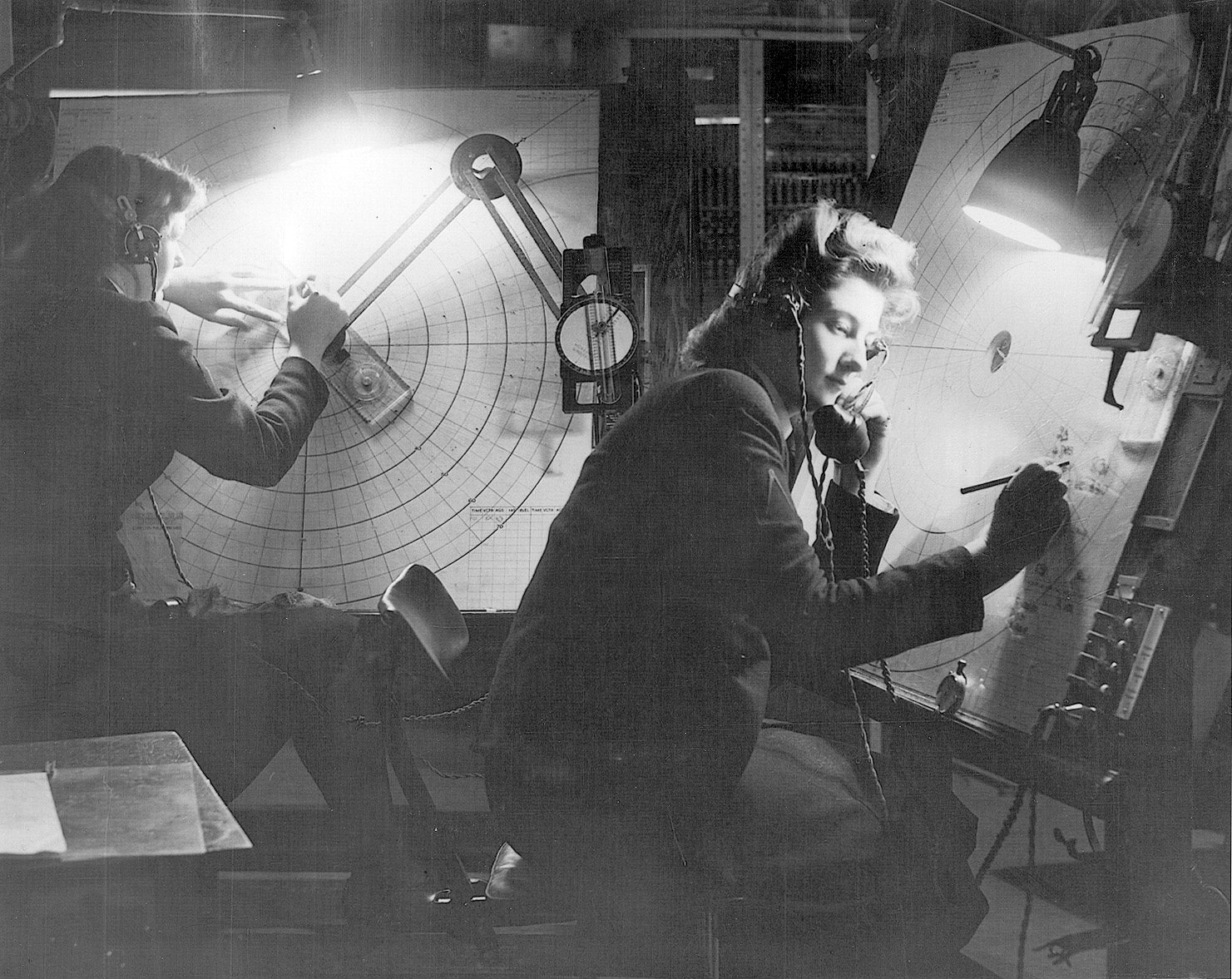
Events proved otherwise, however, and one would not be wrong to lay the honor on radar.
In the early 1930s, much air strategic thinking revolved around the mounting strength of bombers. These were thought to be developing so swiftly and in such numbers that in a future war fleets of them would obliterate industrial complexes, even whole cities. Planners believed that wars might be won merely by air fleets destroying enemy infrastructure and breaking the will of the civilian population. Stanley Baldwin, Britain’s prime minister during portions of the 1920s and 1930s, reflected this thinking when he said in 1932, “The bomber will always get through.” In a sense, this was a mantra for peace: The prospect of mutual destruction by bombers would prevent future wars.
But it also meant that Britain was no longer an island refuge. In minutes enemies could span its surrounding waters and wreak havoc upon its people. Britain’s successful barrier to invasion for a thousand years was suddenly of little consequence. Britain decided to build bombers—in the wan hope that such aircraft would be a deterrent to future war—and to build fighters with which to defend against bombers. But money was scarce and the fighters would be few, especially compared to the numbers of aircraft of the burgeoning menace of Nazi Germany.
If, as some people suspected, Germany would wage an air war against Britain and with superior numbers, then under conditions as military planners understood them, British fighters would eventually dwindle owing to attrition. Tactics called for fighters to patrol sectors, looking for invaders. This required lots of fuel and fatigued the pilots. Moreover, once the pilots descended for more fuel—they could only stay in the air about an hour at full power—they were vulnerable to destruction while landing, taking off, or refueling.
On the other hand, if fighter coordinators knew where the invaders were, pilots could be led directly to where they were needed. Pilots would not have to waste fuel or time in wearisome searches. They would be efficient, far more efficient than if they merely patrolled and fought with whomever they might run across. But how to do it?
With observers on the ground? Not likely. Clouds were pervasive and invaders that were spotted would probably be so close at that point as to pounce on grounded fighters. By engine noise? No, again it did not give enough lead time. The British fighters designed in the middle 1930s and beginning to come off the assembly lines in the later 30s—Hurricanes and Spitfires—needed about two minutes to get into the air (a “scramble”) and about 15 minutes to climb to 20,000 feet. Thus, they would need about 20 to 25 minutes’ lead time if they were to properly position themselves to attack, or just two or three minutes less than the time it took for aircraft rising from northeastern France to reach the English coast.
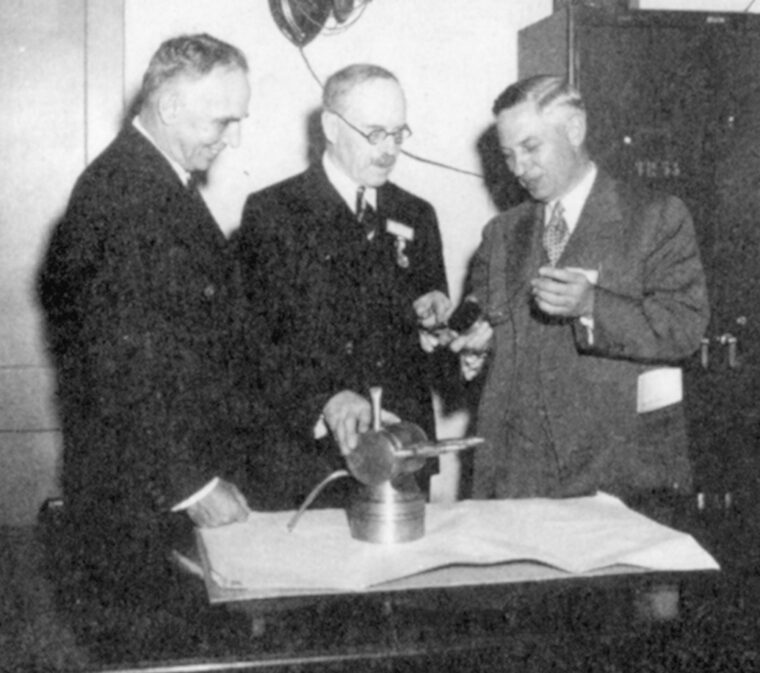
“Any War Within the Next Ten Years is Bound to be Lost”
They got that lead time, just barely.
In 1934, a man at the Air Ministry named A.P. Rowe, having researched the lack of success of measures to counter the threat of bombers, wrote a memo to his boss, Director of Scientific Research H.E. Wimperis. In it he stated that “unless science can find some way to come to the rescue, any war within the next ten years is bound to be lost.”
Here was one government memo that actually set in motion a chain of events, one with a fortuitous outcome. Wimperis wrote his own boss, Secretary of State of Air Lord Londonderry, and to the Air Member for Research and Development Air Marshal Sir Hugh Dowding, a former World War I fighter pilot, about an idea for setting up a committee to look into the problem. With a stroke of genius, courage, or both, Rowe suggested that the Air Ministry itself might not have the expanse of brainpower to do the job and should therefore bring in outsiders. Both Londonderry and Dowding were unconventional and out of the mainstream. In fact, they were somewhat ignored by the bureaucrats around them, all of which worked to the advantage of the development of British radar. Londonderry and Dowding took Rowe’s and Wimperis’s suggestions and set up the committee, appointing Wimperis and Rowe and turning the chairmanship over to a respected outside scientist and WWI flyer Henry Tizard.
The Tizard Committee, as it was often called (though the official name was the Committee for the Scientific Survey of Air Defense), immediately called upon a brilliant 42-year-old Scot by the name of Robert Watson Watt, then superintendent of Radio Research at the National Physical Laboratory, to look into the scientific merit of radio waves as defense against intruder bombers. In those days, fiction writers were much enamored of “death rays,” invisible rays that could stun or kill. Buck Rodgers-like characters boasted pistol-like “ray guns” that almost silently subdued enemies, and radio genius Guglielmo Marconi was rumored to be developing one for Mussolini. The committee doubted there could be much to make of these fantasies, but asked Watson Watt about the possibility.
Watson Watt did not believe in the feasibility of “death rays” either, but scribbled a message to his subordinate, Arnold “Skip” Wilkins, asking that he calculate the “amount of radio-frequency power which should be radiated to raise the temperature of eight pints of water from 98 degrees to 105 degrees at a distance of 5 km and at a height of 1 km.”
Wilkins was not fooled by the obtuseness of the inquiry. A pilot flying at 3,000 feet has eight pints of blood, nearly pure water, and if the pilot could be made to have a temperature of 105 degrees he would lapse into delirium and lose control of his plane.
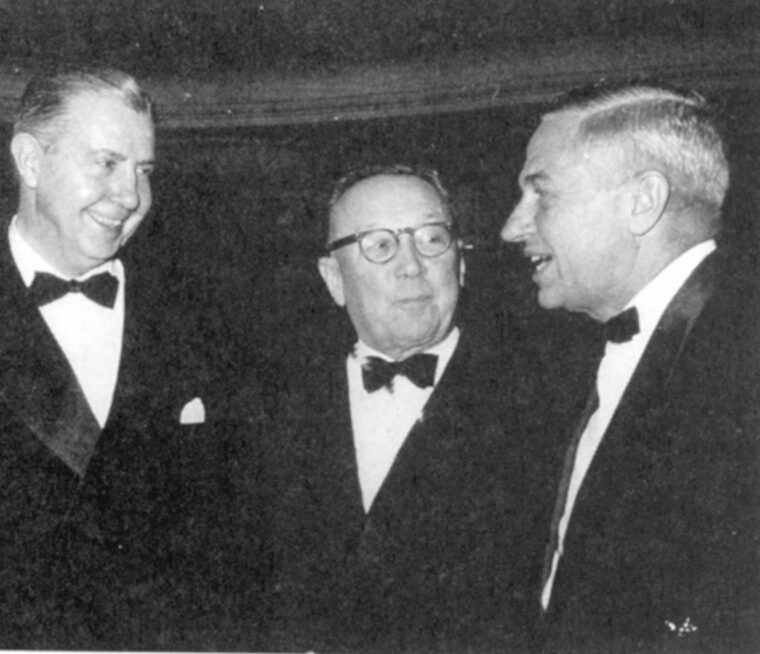
Searching for a “Death Ray”
Wilkins replied that the amount of energy needed for such radiation—a “death ray”—was much too enormous to consider, but added that he recalled a 1932 report by British Post Office engineers that their radio waves showed disturbance when airplanes flew nearby—that the airplanes, in fact, re-radiated radio signals—and that this physical property might be a means of detecting aircraft at a distance.
For years scientists had known that metal objects such as ships or airplanes interfered with radio waves. Generally, this was thought to be a nuisance, but some had made the detection connection. In the 1920s, two radio researchers at the Anacostia Naval Air Station in Washington, DC, had noticed radio wave interference when a ship passed and suggested creating a shore-to-shore warning system by placing a transmitter and receiver on opposite sides of a harbor entrance, the better to detect ships entering at night or under foggy conditions. Nothing came of this, though by the 1930s the Americans, the Japanese, and the Germans were all working on radio wave detection systems. The British, perhaps because it was they who suffered the air raids from blimps and bombers in World War I, were more defensive minded than the others and were more determined to research how radio waves could identify the location and bearing of aircraft.
Wilkins and Watson Watt made some calculations. They believed that the best radio wave for detecting a metal bomber of about 75 feet wingspan was one of about the same length, a wavelength of 75 feet. Moreover, in terms of power and reception, such radio waves could be relatively easily transmitted and their echoes, i.e., re-radiated waves, detected on specially built equipment. They reported so at the committee’s first meeting in January 1935. Rowe checked the math; Wimperis checked the math. Indeed, it seemed to be so.
Wimperis asked Watson Watt for more information and within weeks the Scottish scientist presented the committee with a paper called, “Detection and Location of Aircraft by Radio Means.” Now the committee had something to work on and a reasonable amount of money was given to Watson Watt for continued research.
He began work at once. The idea was to create a short pulse, about 0.0002 second, later trimmed to even shorter duration, of radio wave and then to determine if there was an “echo,” that is, a re-radiated wave of the same kind. The time between the pulse and any echo would determine the distance of the object that created the echo. Watson Watt called this system radio direction finding (RDF). It was not until later in the war that the British term was changed to conform to the American term, radio detection and ranging (radar). (Is it more than a coincidence that the term reads the same left to right as right to left, mimicking a wave and its echo?) At this point, there was not so much an attempt to determine height as location and bearing.
Perfecting the RADAR
Watson Watt established an experimental station on an isolated spit of land near the town of Orford on the North Sea, 65 miles from London. He and his crew began setting up transmitters and receivers. The receivers were to capture both the original pulse and the echoes and display them on a cathode ray tube. By summer, Watson Watt’s team of radio engineers was reading echoes from aircraft, but there was much work yet to be done. They had to figure ways of not being fooled by commercial radio waves, or to counter efforts should an enemy detect the radar pulses and send out their own “jamming” pulses on this wavelength. By fall, the committee had decided it would build a line of transmitters and receivers from Southampton on the Channel all the way up the east coast to Scotland. These would be called “Chain Home” (CH) stations (to be constructed in locations that would not “gravely interfere with grouse shooting”). Thus, a curtain of radio waves would pulse outward so that no aircraft could approach Britain without detection. (RDF at the time did not work inland. Once intruder bombers crossed onto British soil, detection was shifted to ground observers who would track their progress.)
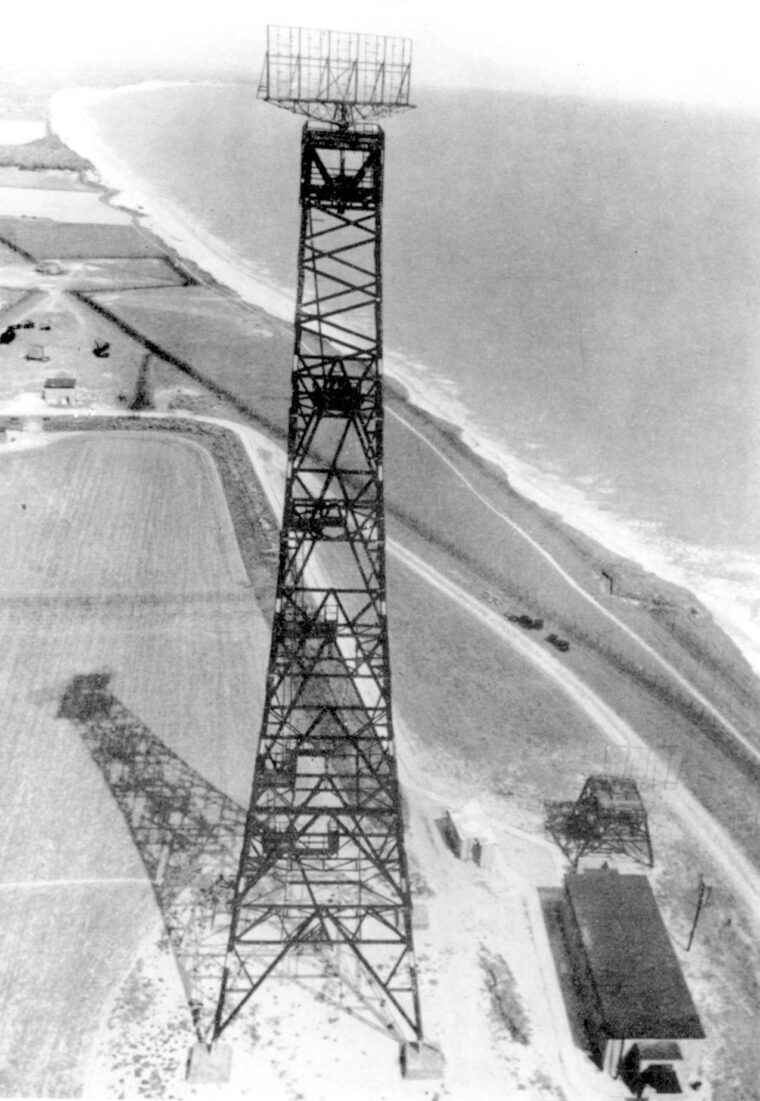
To help solve the problem of determining the altitude of an intruding aircraft, receivers were placed at different heights on their towers. The difference in strength of a signal received from an upper and lower receiver was an indicator of the height of the intruder. Altitude determination was crude, and it remained a problem for years, despite the fact that it was crucial for intervening fighters to intercept a group of intruders at higher rather than lower altitudes. During the Battle of Britain, fighter pilots began to make their own adjustments to the radio instruction altitudes they were receiving from Fighter Command.
Direction was another problem, but Watson Watt developed an elegant solution. He had receivers placed at right angles to each other. A plane flying directly at one would produce a strong signal in it, but a very low signal in the other. If flying at an angle midway within the right angle formed by the two receivers, the plane would produce a signal of equal strength in both. Analyzing the signal strength between the two echo receptions thus gave a rough idea of direction. The strength of the echo wave also was an indicator of the size of the plane formation, should there be more than one plane. Nevertheless, accuracy was elusive. Seventy-five miles out, the RDF could only judge that a plane or planes would be in an area of 15 square miles and at an altitude range spanning 2,000 feet. During practice drills, fighters sent out to intercept often could not find the “intruders.” Still, Dowding, now in charge of Fighter Command, championed the work and kept it going.
It was a close thing. The radar effort might have been squashed, and it might have been Winston Churchill’s fault. Churchill’s good friend and science advisor was F.A. Lindemann, a fearless flyer and a professor of physics. Lindemann had his own ideas about dealing with bombers, and he didn’t believe RDF was the way. Detecting them with heat sensors would be better and the way to counter them was either developing aerial mines that floated down on them or steel cables dropped from above that would foul their propellers. Had Churchill been appointed prime minister in the late 1930s rather than 1940, Lindemann may have had more power and thereby scuttled radar in favor of his other schemes.
As it was, by the time of the Munich crisis in September 1938, many towers had been built and five were operating 24 hours a day. Accuracy was still a problem, but operators could detect airplanes taking off in Belgium and France 150 miles away. New stations were added to help detect airplanes approaching Britain at levels below 3,000 feet.
Identification Friend or Foe
Engineers also had to work on communication and coordination, which was just as vital to the defensive effort as detecting the intruder planes themselves. There were problems of determining whether two RDF stations were detecting the same or different groups of aircraft, how to resolve any differences in their estimates of location, bearing, and altitude. Other problems were how to assemble the information, deal with it effectively, route it to the fighter groups, then to the squadrons, and then to the pilots. All this had to be done with enough speed to allow the pilots to arrive over the intruders with their backs to the sun.
This was accomplished in part by laying telephone lines from each of the radar stations to the command center of Fighter Command at Bentley Priory outside London. Here the radar results were sent to an underground “Filter Room,” which would organize and synthesize the information. At the center of the room was a large map of Britain and the nearby coast of the Continent. When groups of aircraft were detected, their number and location were indicated on the map by a red marker. Black markers noted positions of RAF squadrons. Women of the Women’s Auxiliary Air Force (WAAF) used casino croupiers to slide the markers along the maps as the plane groups moved. Watson Watt had suggested that the radar scopes at CH stations, the telephone lines, and the filter rooms (there were others at Group and Sector locations around the country) be operated mainly by women. This was done, and not a few died at their posts when the Luftwaffe bombed Chain Home stations during the Battle of Britain.
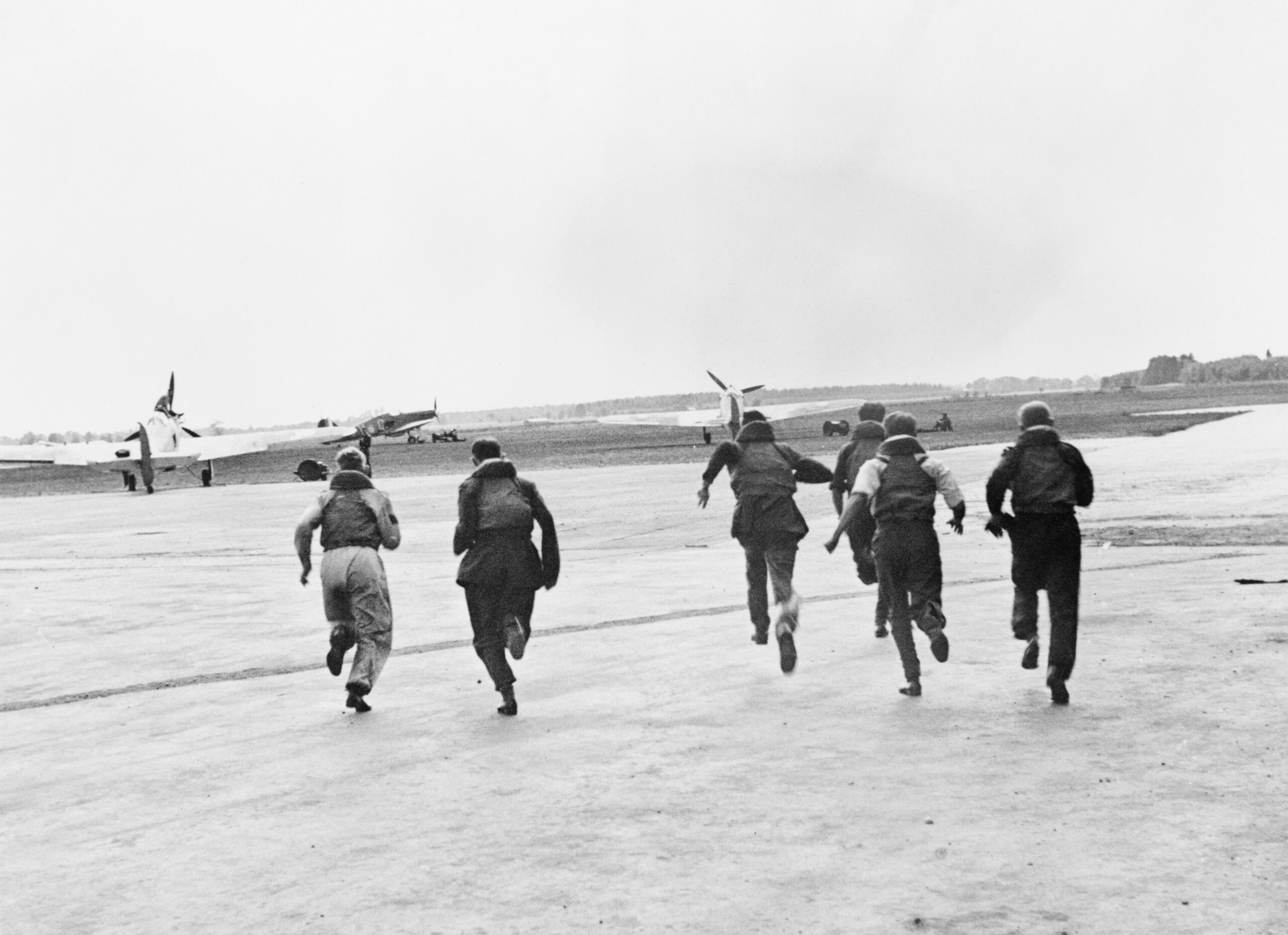
Tizard and Dowding championed the new technology with the passion of men who sensed that a conflict for survival was drawing nigh. The RAF continued to test the system with mock air raids. Group commanders learned how to immediately obey any telephoned command for whatsoever number of squadrons to be scrambled, and fighter pilots learned how to accept radioed directions.
There was yet another problem. The RAF planes gave the same echo as enemy planes. Engineers solved this problem by installing in each RAF plane a dipole that altered the echo or re-radiated wave from a transmitter’s pulse. The echo as it appeared on the cathode ray tubes would look different from those emanated by aircraft not containing the dipole, which the engineers called Identification Friend or Foe (IFF). Planes began to be fitted with this device in 1939.
RAF Losses in France Were Staggering
In the same year, Germany nearly gained an understanding of Britain’s advancement and reliance on radar. The Germans, by means of commercial airline overflights, had, of course, noticed the 350-foot towers and deduced their link to radio transmissions. In order to learn more, they equipped a Zeppelin with radio gear and sent it up and down over international waters off Suffolk’s Bawdsey Manor, then the center for radio research after the Orford site had been outgrown, to listen in on the Bawdsey Manor towers’ transmissions. The Zeppelin crew heard nothing, their radio receivers being faulty. The Germans tried again just one month before the war began, but again the Zeppelin crew heard nothing—this time the British radar was under repair. At the time, German radar could detect planes at 50 miles, but the British could detect them at 150 miles and had a superb system for assimilating the information and getting the fighter aircraft to act effectively on it. German air strategists and tacticians never fully appreciated this difference through the whole of the Battle of Britain.
But all was not yet ready. On September 6, just three days after Britain declared war on Germany, an electronic glitch showed groups of intruder planes coming from the Continent. Squadrons of RAF fighters were scrambled. In fact, there were no intruders and the RAF pilots fell upon each other. Two RAF fighters were shot down and one pilot was killed.
Fortunately, the blitzkrieg in the west was eight months off, time enough to get the kinks worked out of the system until it functioned with gratifying efficiency. Then, the deluge was upon them. The Wehrmacht steamrolled across France, whose leaders begged for British fighters. Dowding resisted to the best of his ability. He feared for his fighters in France. Indeed, without radar, many British fighters were destroyed on the ground. Others could not locate German planes with the accuracy needed for effective interception. RAF losses in France were staggering.
After June, however, from behind a screen of electromagnetic pulse radiation, the fighters could be up in the air and know exactly where and how many German planes were flying. Although outnumbered by the German bombers and fighters, the Hurricanes and Spitfires of the RAF could always pounce, destroy, and fight another day. Fed into the battle judiciously and being used sparingly and efficiently, they demoralized German airmen while harboring their own strength. Expecting any day for the RAF fighters to be wiped out from so much combat, the German pilots were dismayed week after week to see the small formations of swift RAF planes come at them with guns blazing.
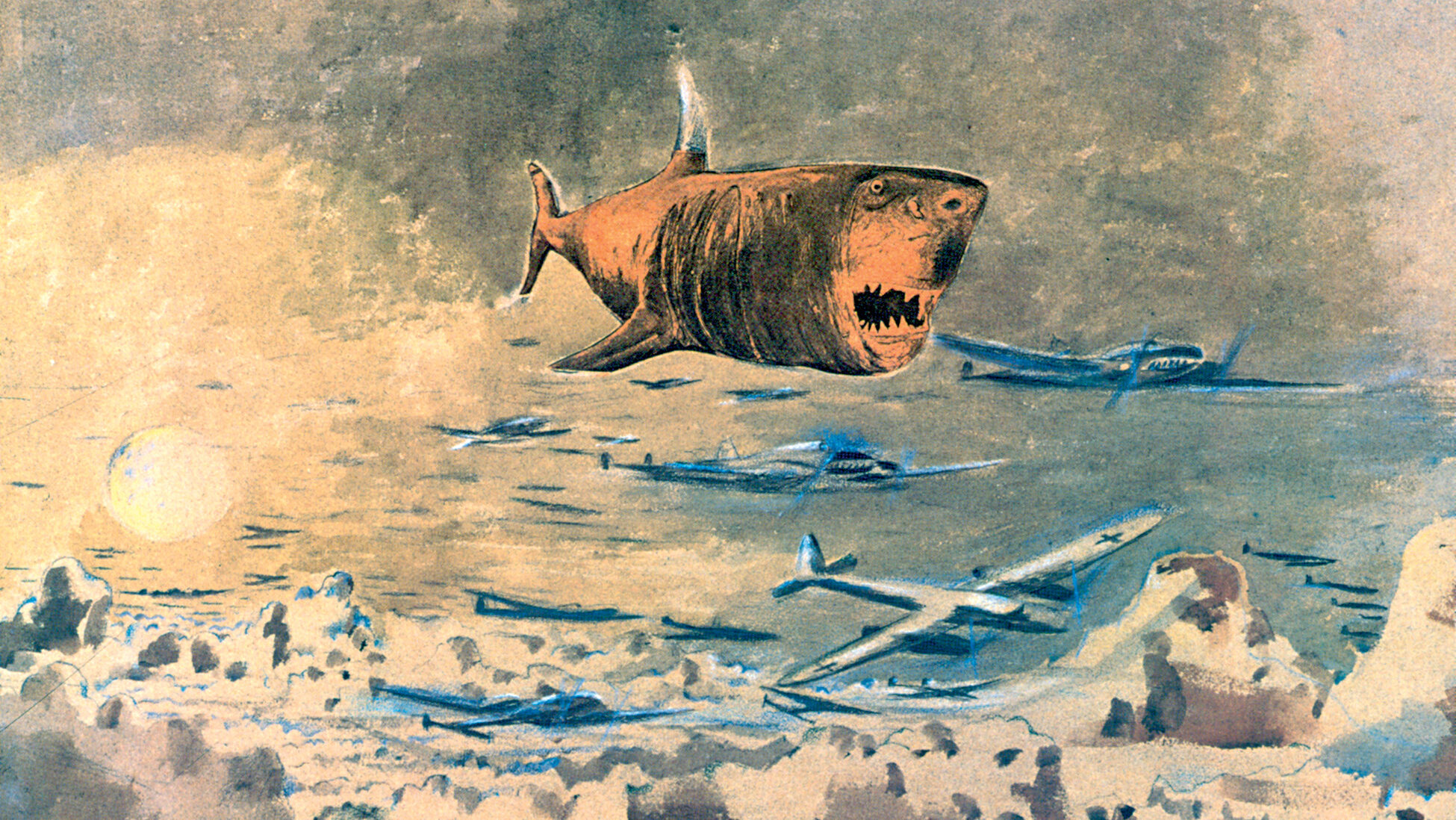
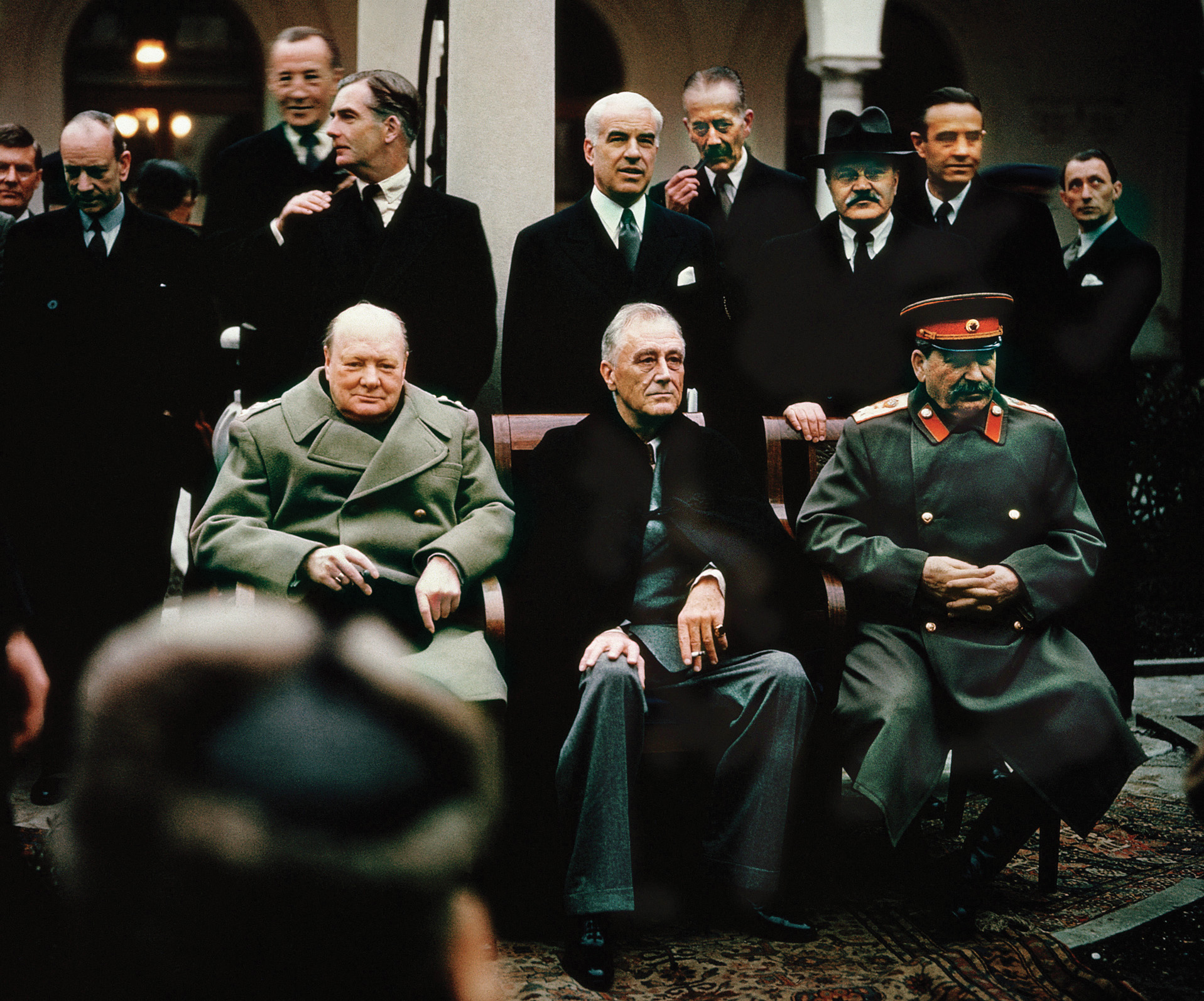
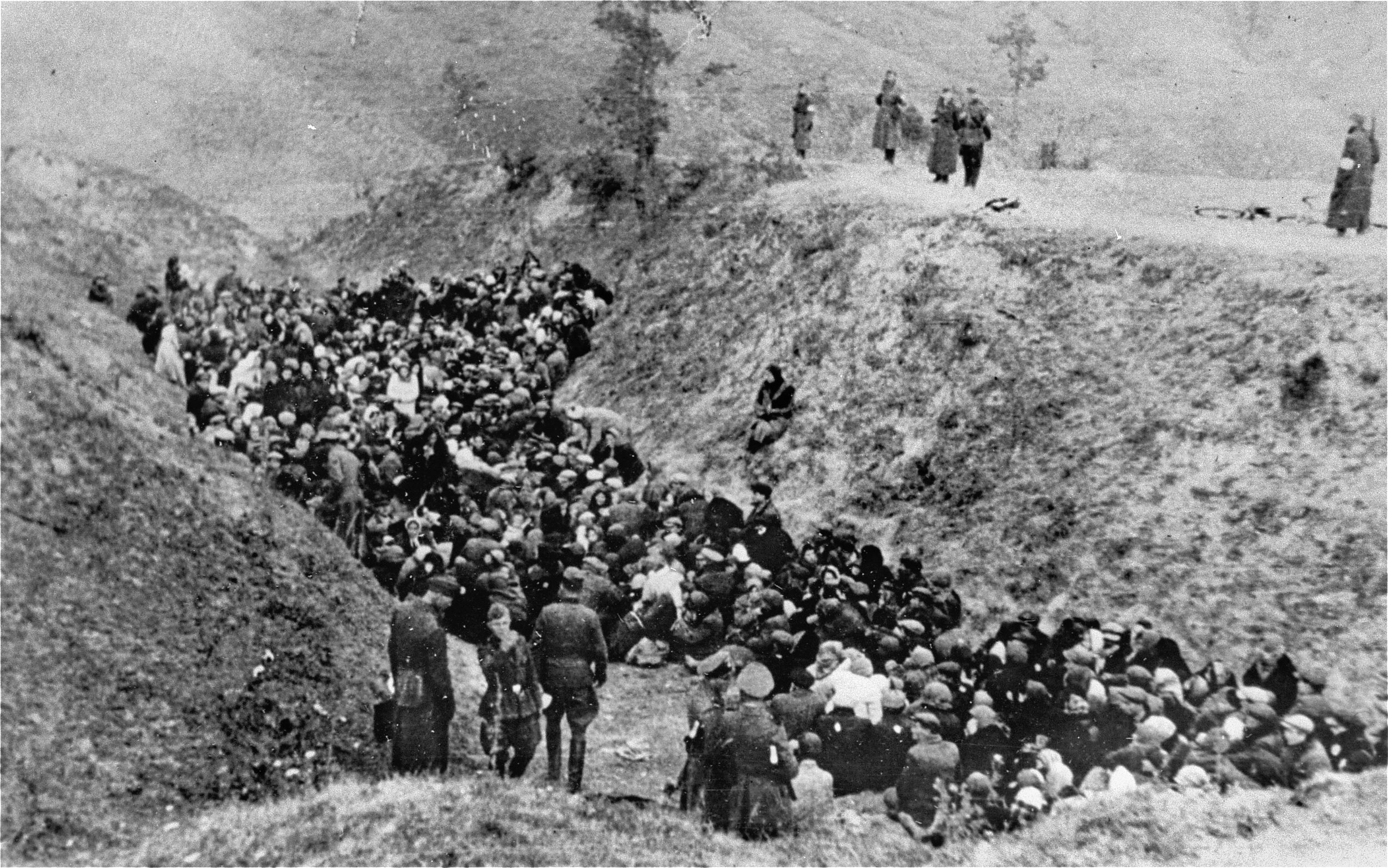
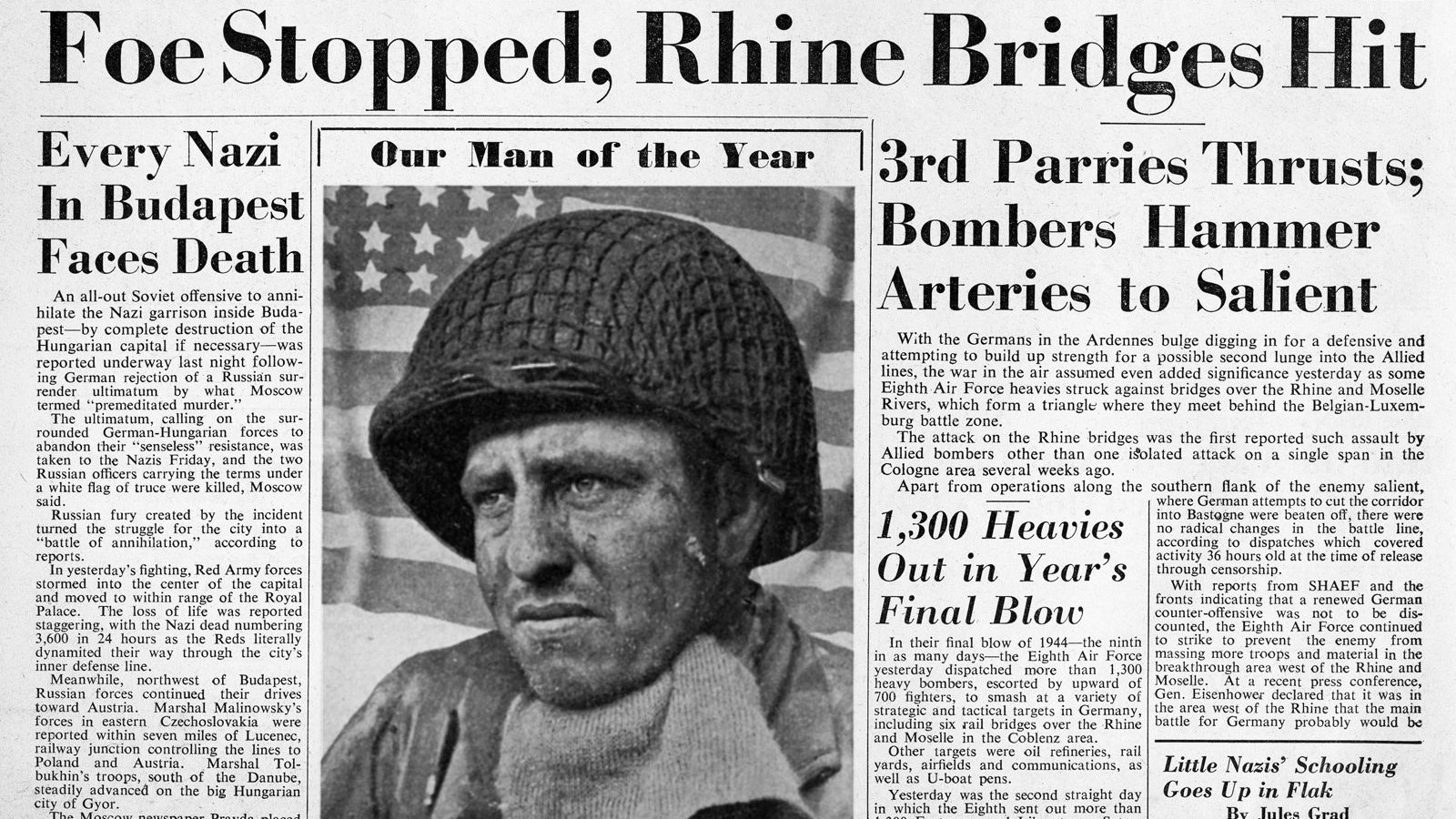
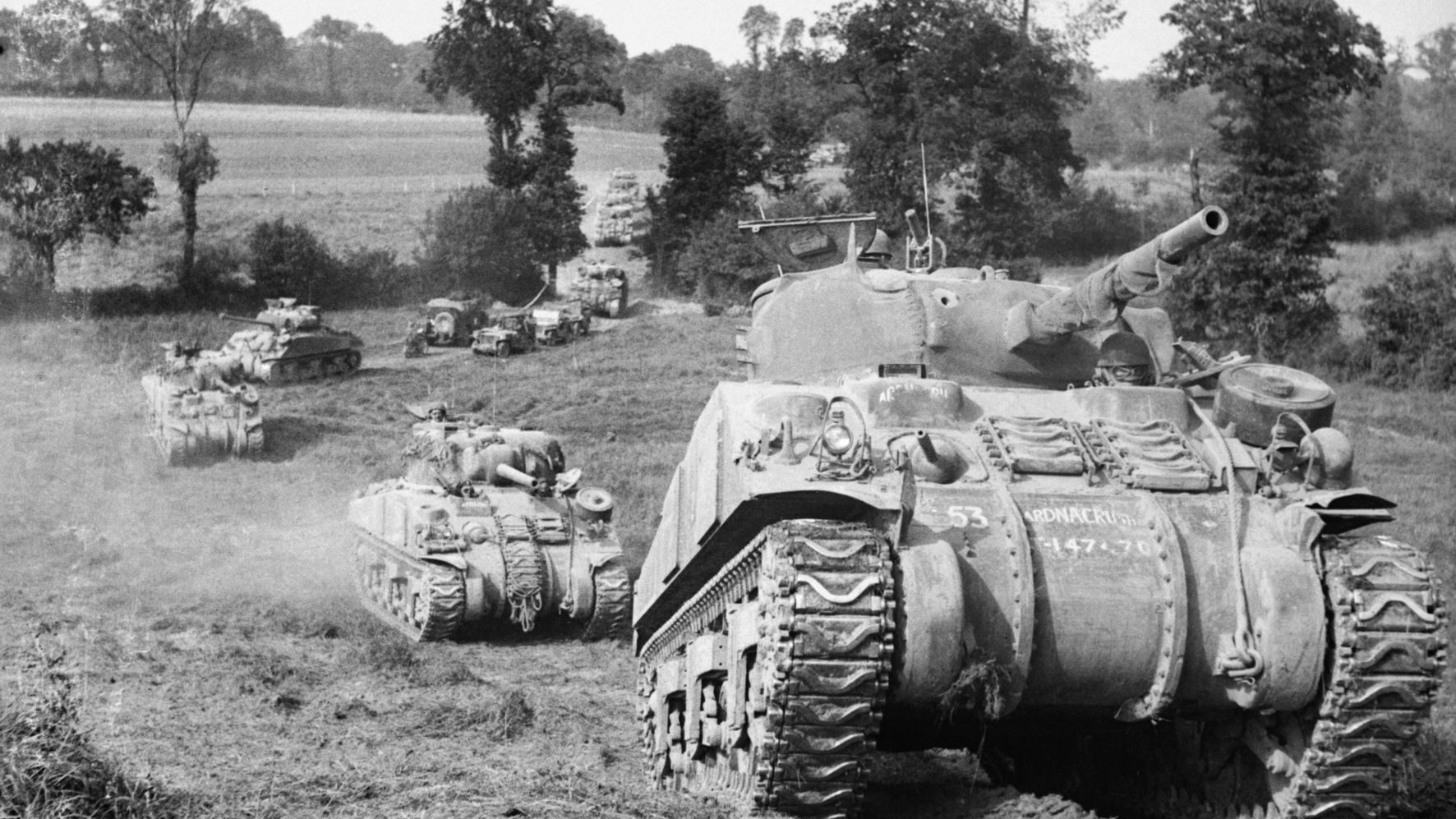
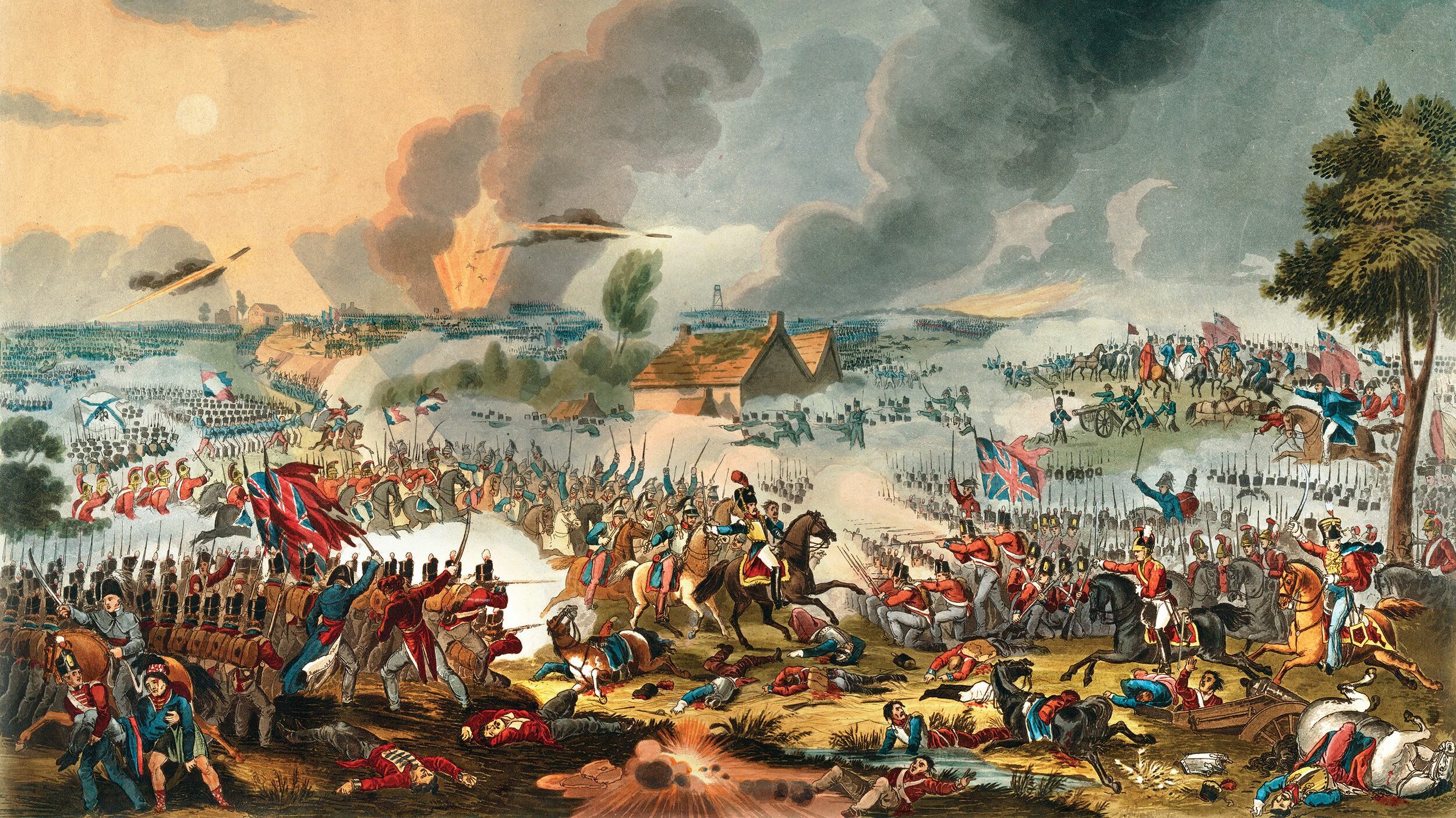
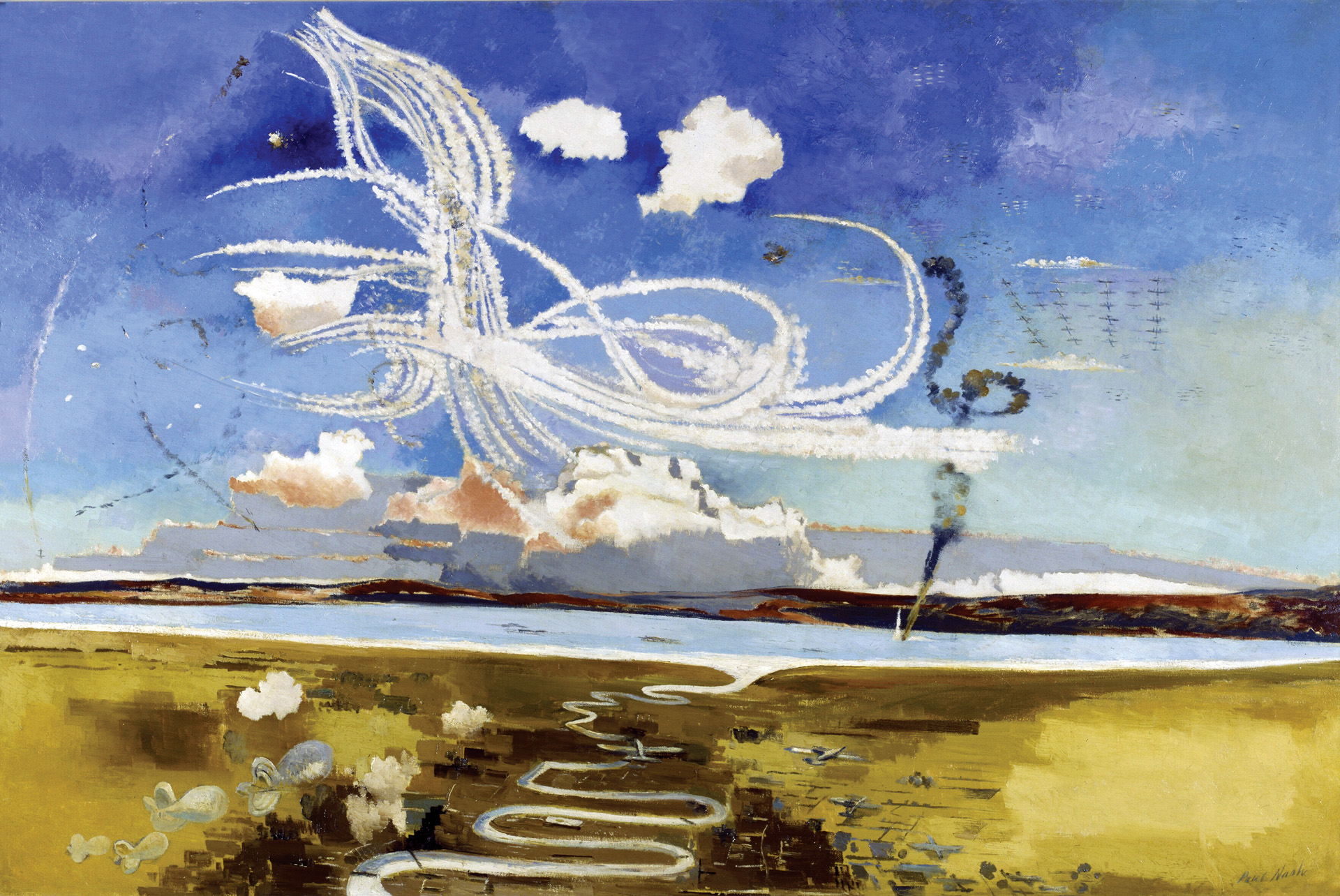
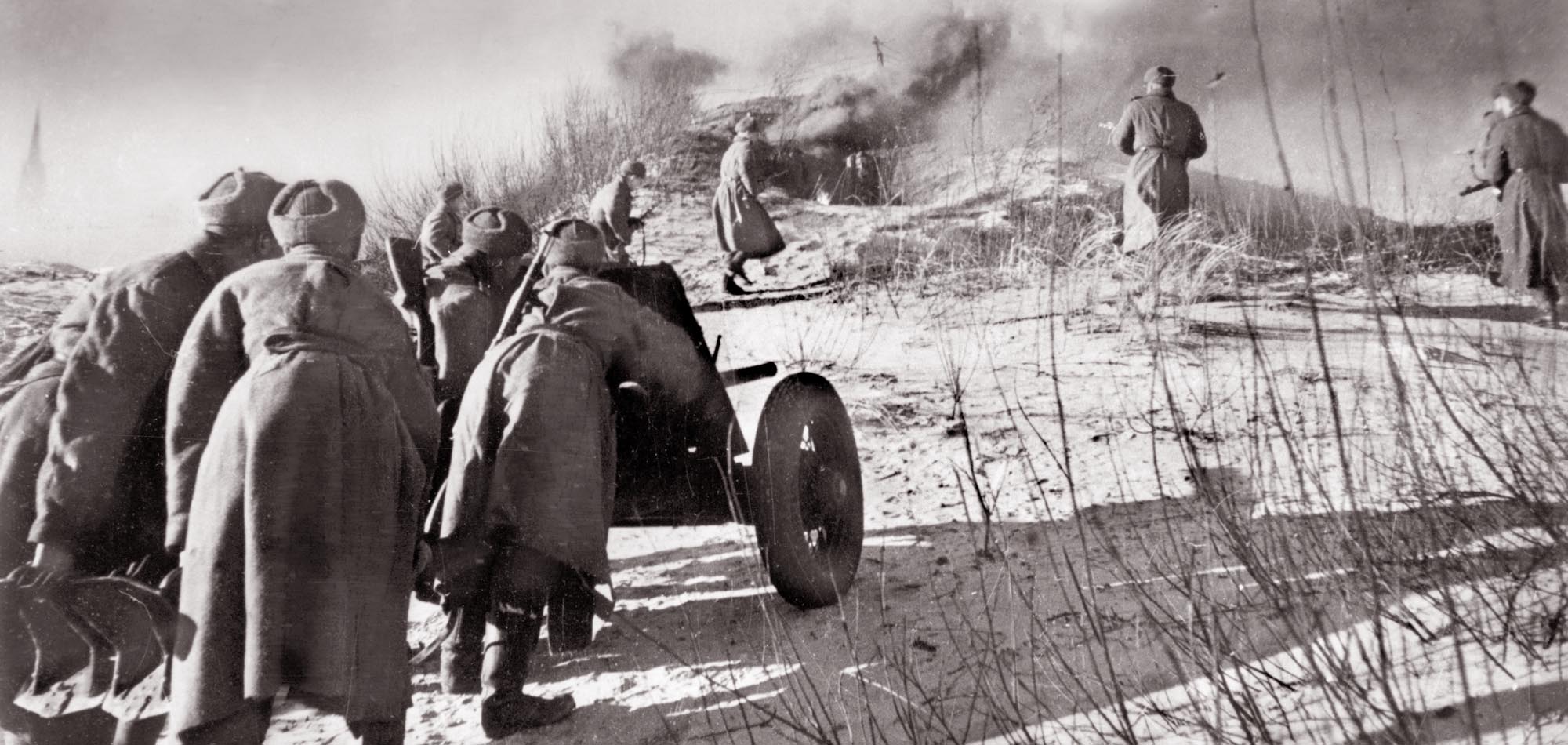
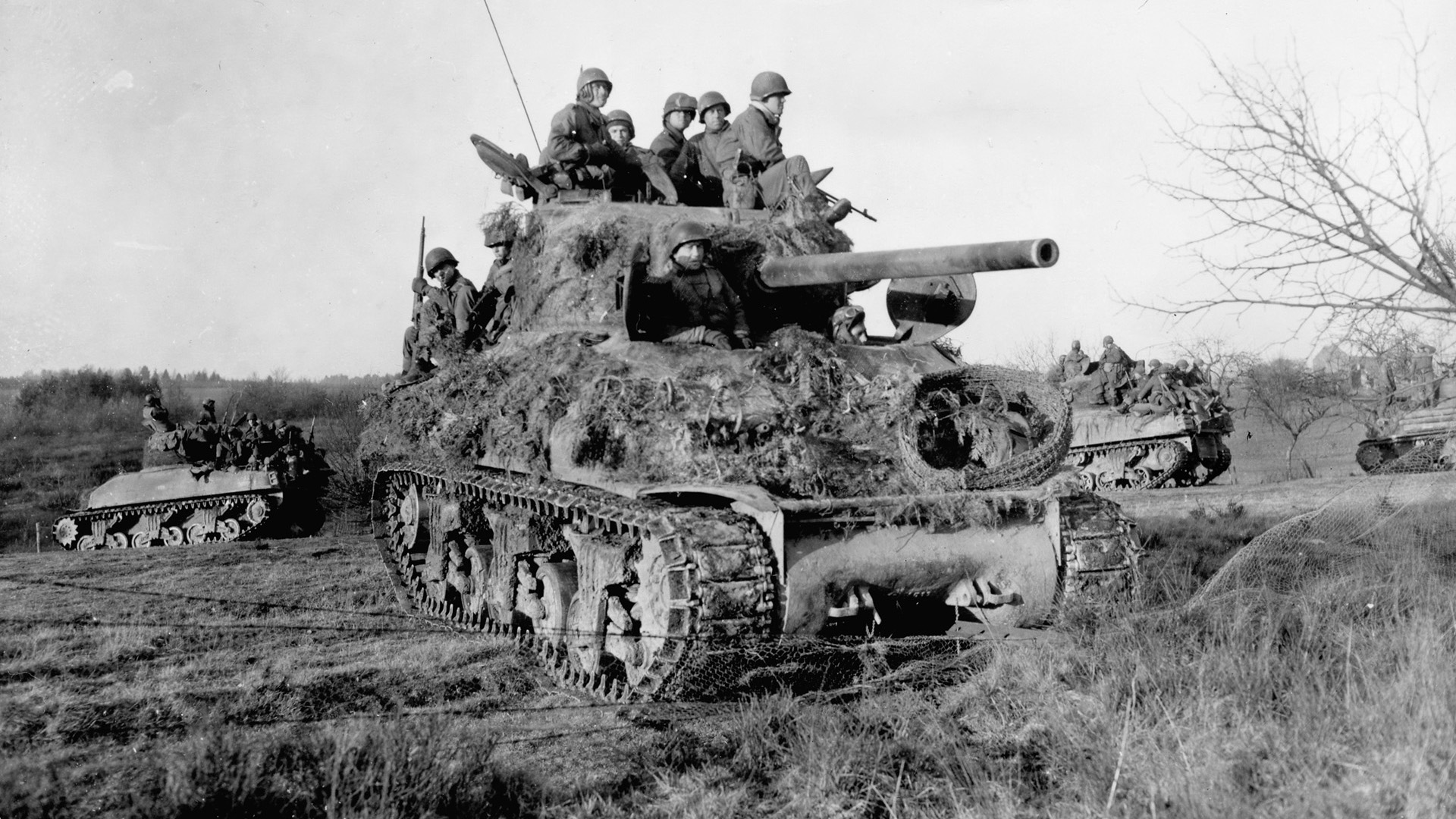
Join The Conversation
Comments
View All Comments